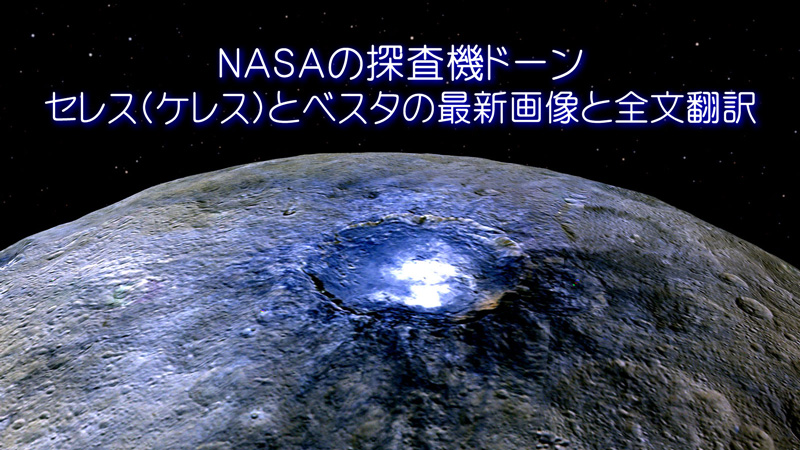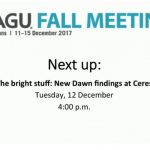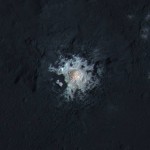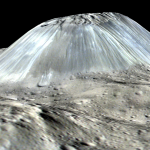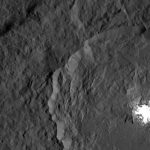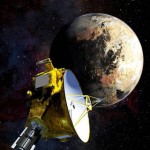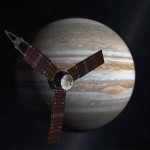2017/12/13

Dawn Completes Primary Mission
NASA’s Dawn mission exceeded all expectations during its primary mission to Vesta and Ceres.
Credits: NASA/JPL-Caltech
NASAの惑星探査機ドーンのセレスとベスタに対する最初のミッションは、すべての期待を上まわる成果を上げて完了しました。
Last Updated: July 1, 2016
Editor: Tony Greicius
オリジナル記事:
On June 30, just in time for the global celebration known as Asteroid Day, NASA’s Dawn spacecraft completes its primary mission. The mission exceeded all expectations originally set for its exploration of protoplanet Vesta and dwarf planet Ceres.
The historic mission is the first to orbit two extraterrestrial solar system targets, and the first to orbit any object in the main asteroid belt, between Mars and Jupiter. On March 6, 2015, Dawn also became the first spacecraft to enter orbit around a dwarf planet.
An infographic highlights some of the accomplishments of Dawn’s journey since launching in September 2007. Dawn has traveled 3.5 billion miles (5.6 billion kilometers) since launch, and has made 2,450 orbits around Vesta and Ceres. The spacecraft has returned about 69,000 images, combined, of both bodies.
Dawn’s advanced ion propulsion system made it possible for the spacecraft to orbit two targets in the main asteroid belt. The spacecraft has logged about 48,000 hours of ion engine thrusting.
Scientists have learned a great deal about these unique, massive residents of the asteroid belt through data from the mission. Dawn has revealed that while Vesta is a dry body, Ceres could be as much as 25 percent water ice by mass. Dawn also discovered many intriguing features at both bodies — Vesta is home to a mountain whose height is more than twice that of Mount Everest, and Ceres has a crater called Occator with mysterious bright features that continue to spark scientific investigation.
日本語訳:
ちょうど「小惑星の日」として世界中に知られている6月30日に、NASAの惑星探査機ドーンが、最初のミッションを完了しました。ミッション当初に原始惑星ベスタと準惑星セレスの探査の全てにおいて期待を超えた成果をあげました。
歴史的なミッションとは、太陽系で地球より外側にある2つの天体と、火星と木星との間にある小惑星帯の天体に接近し、史上初めて周回軌道に入ることです。2015年3月6日には、ドーンは準惑星周回軌道に入った初めての探査機となりました。
2007年9月の探査機ドーンの打ち上げから続く宇宙飛行から、様々なことがわかりました。打ち上げから35億マイル(56億キロ)を飛行し、ベスタとセレスの周回軌道を2,450周しました。探査機は、これら2つの天体についての69,000枚の画像を送ってきました。
探査機ドーンの先進的なイオン水新エンジンシステムは、小惑星帯にある2つの目標の周回軌道に入ることを可能にしました。探査機の記録では、のべ48,000時間もイオンエンジンを噴射しています。
科学者たちは、このミッションで得られたデータから、小惑星帯に存在している天体の、たくさんの貴重な事実を学びました。ドーンはベスタが乾燥した天体で、セレスは全質量の25%が水の氷でできていることを明らかにしました。ドーンはまた、ベスタにはエベレストの2倍の高さの山があり、セレスにはオッカトルクレーターという神秘的な発光をする地帯があることを発見し、科学者たちの関心を引き付け続けています。
